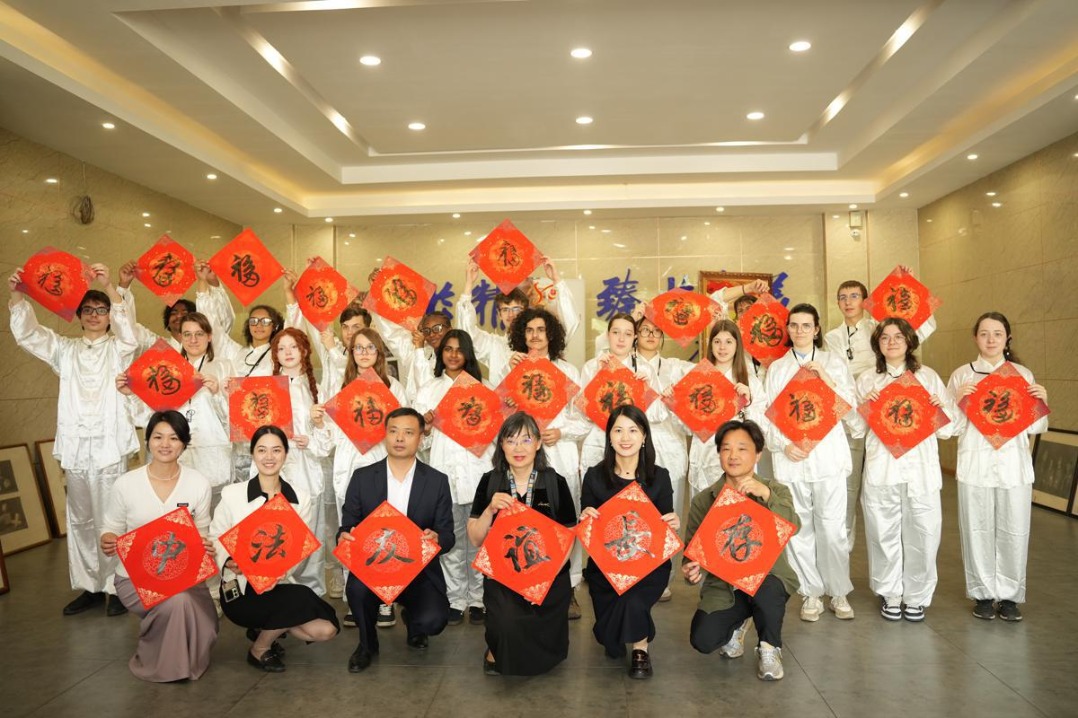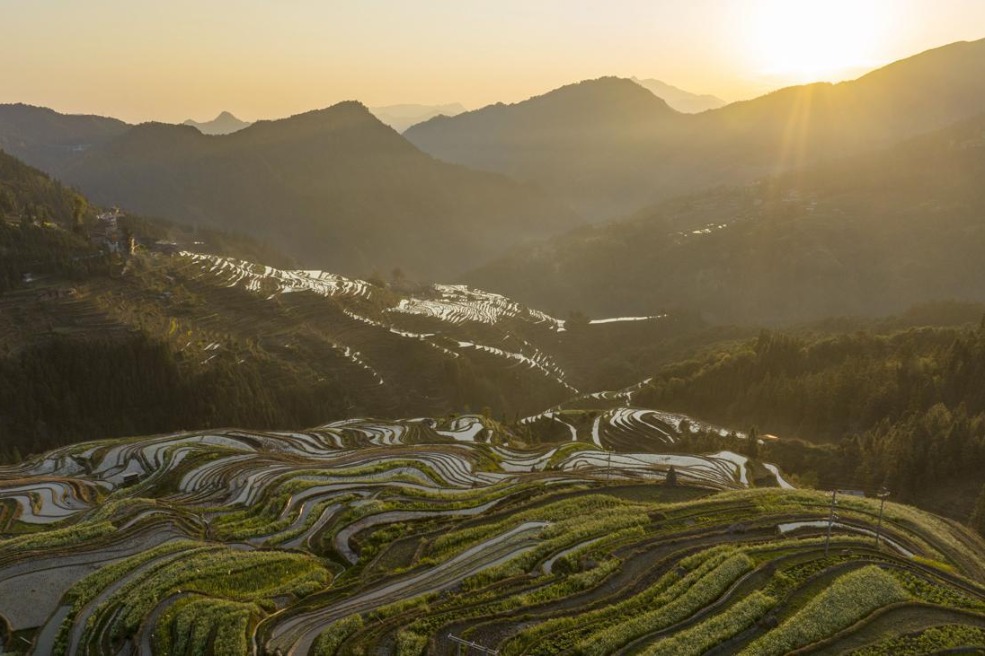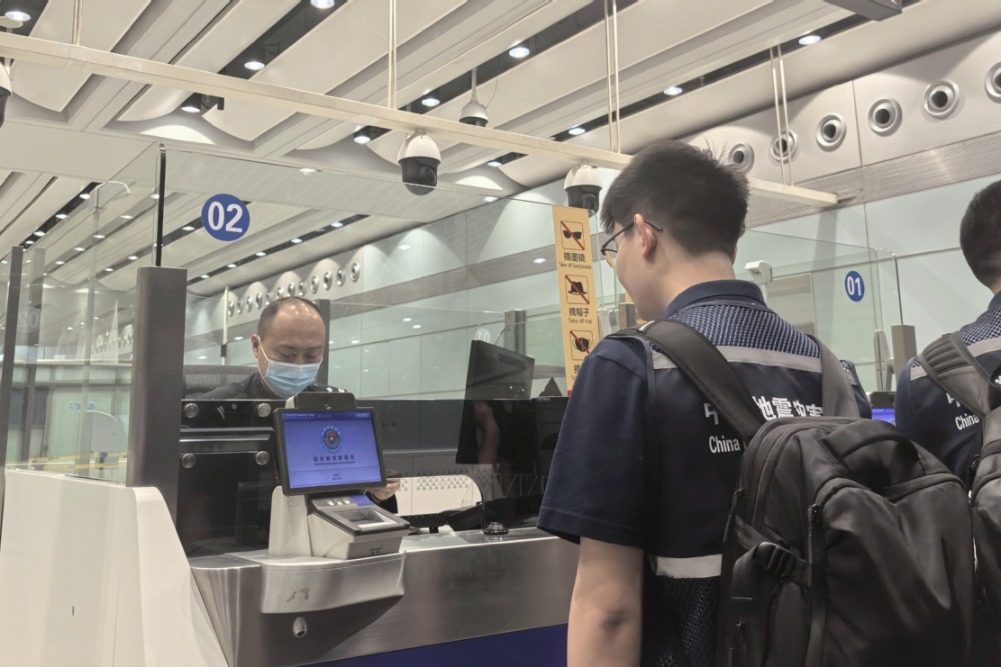Wuhan scientists create most detailed plant cell atlas to date

A team of scientists from BGI-Research,?Southern University of Science and Technology and other institutions has unveiled the most detailed single-cell map of a plant ever created, providing new insights into how plants grow, age and efficiently recycle nutrients.
Using BGI's innovative single-cell sequencing technologies, the study reveals that leaf aging, also known as senescence, is not merely a process of decay but rather a carefully coordinated event. During this process, older leaves transfer their nutrients to support new growth.
Published in the journal Cell on April 11, this research offers a new understanding of plant physiology at a level of detail previously thought to be unattainable.
By analyzing 913,769 individual plant cell nuclei from 20 distinct tissues, researchers constructed a comprehensive life-cycle map of Arabidopsis thaliana, a small flowering plant commonly used in scientific research.
This map encompasses roots, stems, leaves, flowers and siliques (seed pods), capturing how different cell types behave over time and space.
Guo Xing, a researcher from BGI-Research in Wuhan and lead author of the study, said that this study "not only reveals how plants strategically manage nutrients but also offers practical solutions for boosting crop efficiency and promoting sustainable agriculture".
"Decoding plant development and environmental adaptation at the single-cell level reshapes how we study and apply plant science."
It enables scientists to better understand how various parts of the plant coordinate their functions, especially during aging, which is a critical phase in the plant's life cycle, said the study.
It also explores the complex journey of nutrients during leaf aging. As leaves mature, they do not waste their accumulated sugars and proteins. Instead, they transport these nutrients to other parts of the plant that are still growing, such as flowers, roots, and developing seeds, said the paper.
Zhu Yuxian, an academician of the Chinese Academy of Sciences and professor at Wuhan University, said: "For researchers in plant biology, this study holds significant resource value and can be continuously mined to address various biological questions related to senescence and other developmental processes."
Rajeev K. Varshney, professor of the Food Futures Institute at Murdoch University, said that "the groundbreaking single-nucleus transcriptomic atlas of Arabidopsis presented here represents a monumental leap in plant biology".
"This work sets a new standard for integrating single-cell genomics with physiological insights, paving the way for targeted engineering of senescence and nutrient-use efficiency in agriculture," said the researcher.
- China's top legislator calls for maintaining confidence, leveraging strength
- Yangtze underwater rail tunnel reaches milestone
- China's anti-graft chief urges rigorous study of Party conduct rules
- Three-satellite system deployed in orbit
- Picosecond memory device unveiled
- Chinese premier urges efforts to improve social expectations



































